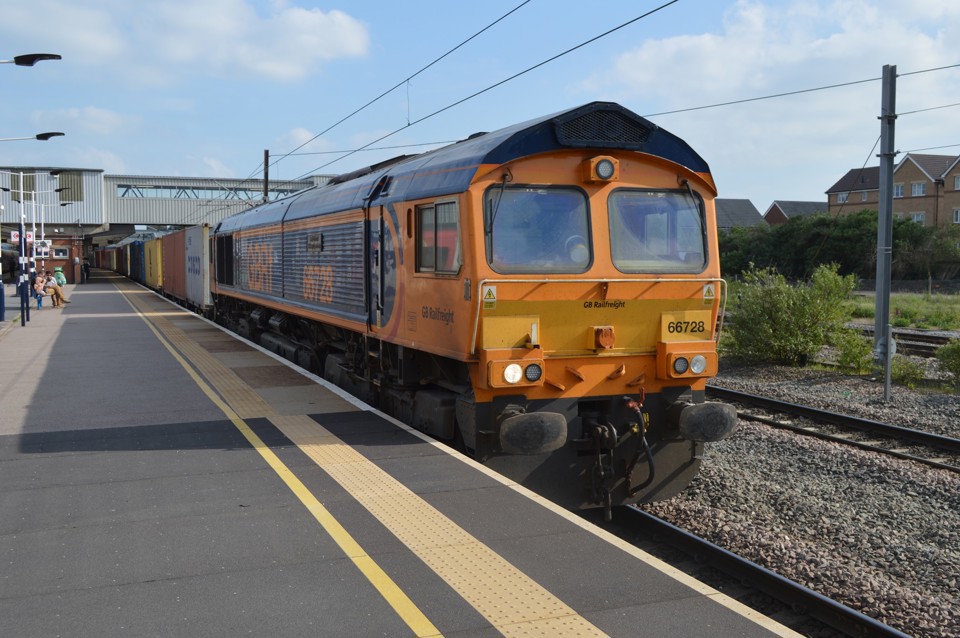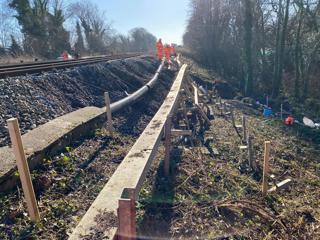The total volume of rail freight lifted between July and September 2018 (Q2 2018-19) was at its lowest Q2 figure since at least 1996-97, according to Office of Rail and Road (ORR) statistics released on December 18.
However, the ORR’s figures show that the amount of freight moved in the quarter increased by 2% to 4.4 billion tonne-kilometres (t-km), compared with the corresponding three-month period in 2017.
ORR says that although coal, oil and petroleum traffic declined, increases in metals, construction and other areas contributed to the overall increase. The biggest increase in freight moved was in the ‘others’ category (up 7% to 0.48 billion t-km), with Metals rising by 4% to 0.35 billion t-km, Construction 3% to 1.16 billion t-km and International 1% to 0.12 billion t-km. Coal traffic continued to fall (by 5% to 0.26bn t-km,) with oil and petroleum down 3% to 0.26bn t-km.
There was better news for domestic intermodal traffic, which increased by 0.4% to 1.73bn t-km year on year, and is now at its highest level since 1996-97.
DB Cargo UK recorded a 9% decrease in freight moved, from 3.5 million freight train kilometres (FTKM) run to 3.2 million, and its share of the rail freight market fell from 41% to 38% over the year.
GB Railfreight, however, recorded a 24% increase on the same measure, to 1.7 million FTKM, and Freightliner Heavy Haul experienced a 15% rise to 0.6 million. Freightliner’s other activities dropped by 4% to 2.3 million FTKM.
Colas Railfreight increased by 1% to 0.3 million FTKM, while Direct Rail Services was stable at 0.4 million FTKM.



















Login to comment
Comments
No comments have been made yet.